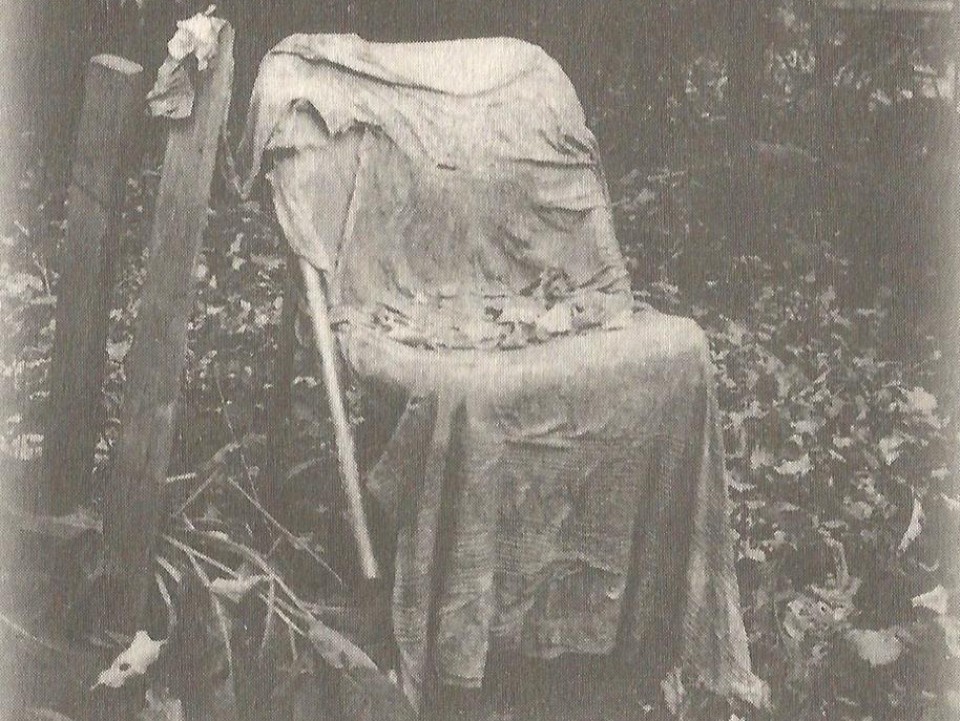Preamble: I recently hired Sophia Warsh, daughter of two poet friends, to help me in the garden. Sophia has worked at botanic gardens in St.Louis and in Central Park for years, and moved here partly in order to study botany at CSU. She’s taking “pre-bot” classes and living in Boulder where many friends of the family reside.
It’s well-known that milkweed attracts monarch butterflies (Danaus pleippus) and that monarchs are endangered, thanks to pesticides, logging, and even changes in weather (they after all travel hundreds of miles to reach their disappearing wintering grounds in Mexico, and are often buffeted and killed by unexpected changes in climate). I wrote something about their near-extinction a couple of years ago.
And I may have mentioned that I tried for years to grow milkweed in my garden but had absolutely no success from the seeds I’d nicked in the wild. Probably comeupance considering it’s entirely illegal to purloin plants or seeds from protected areas. I assure you, I don’t do it any longer.
Milkweed, Asclepias, is not only hard to grow in domestic gardens (at least mine), despite the fact that it is native and occurs abundantly in North America, but it has been tainted by poisons, so the nectar is frequently toxic to the butterflies. Milkweed is named for the Greek God of Healing, Asklepios, and its toxicity to those it nourishes, cradles, and protects seems yet another bleak irony of the human destruction of flora and fauna.
In addition to his role as god of healing, Asklepios was considered a god of prophecy. Because he was a son of Apollo, I imagine Asklepios was held in dear esteem by ancient Greek oracles, as well as by those in need of healthcare. The most renowned of the god’s sanctuaries was at Epidaurus, which became an important center for healing. His powers were so formidable, Zeus killed Asklepios with a lightning bolt for fear he would make humans live forever and thus become gods or, at the very least, god-like (take that, Sarah Palin!).
Oddly, although milkweed is named for the god of healing, I can find no references to it as a remedy for human ailments in my folk medicine books. Please tell me if you know of any.
Milkweed contains a bitter latex that gives monarch larvae and adults their defensive unpalability. Once, years ago, Scientific American showed a wonderfully silly graph describing “Bluejay emetic Units,” and illustrating with colored drawings how many monarchs a bluejay could ingest before throwing up.
(Many plants contain that latex, including lettuce and poppies. Words like latex, galaxy, lettuce and opium are related to the word milk.)
We should all be worried about the survival of monarchs, and my new ally Sophia Warsh certainly is. One day, she told me she was off to a plant sale, where milkweed seedlings would be available. I bought eight, saved two for a friend. Sophia tells me they may spread like crazy, become invasive, like the butterfly bush (Buddleja davidii). I wouldn’t know. Butterfly bush has never succeeded for me.
But this time, I’m sure the milkweed will.



